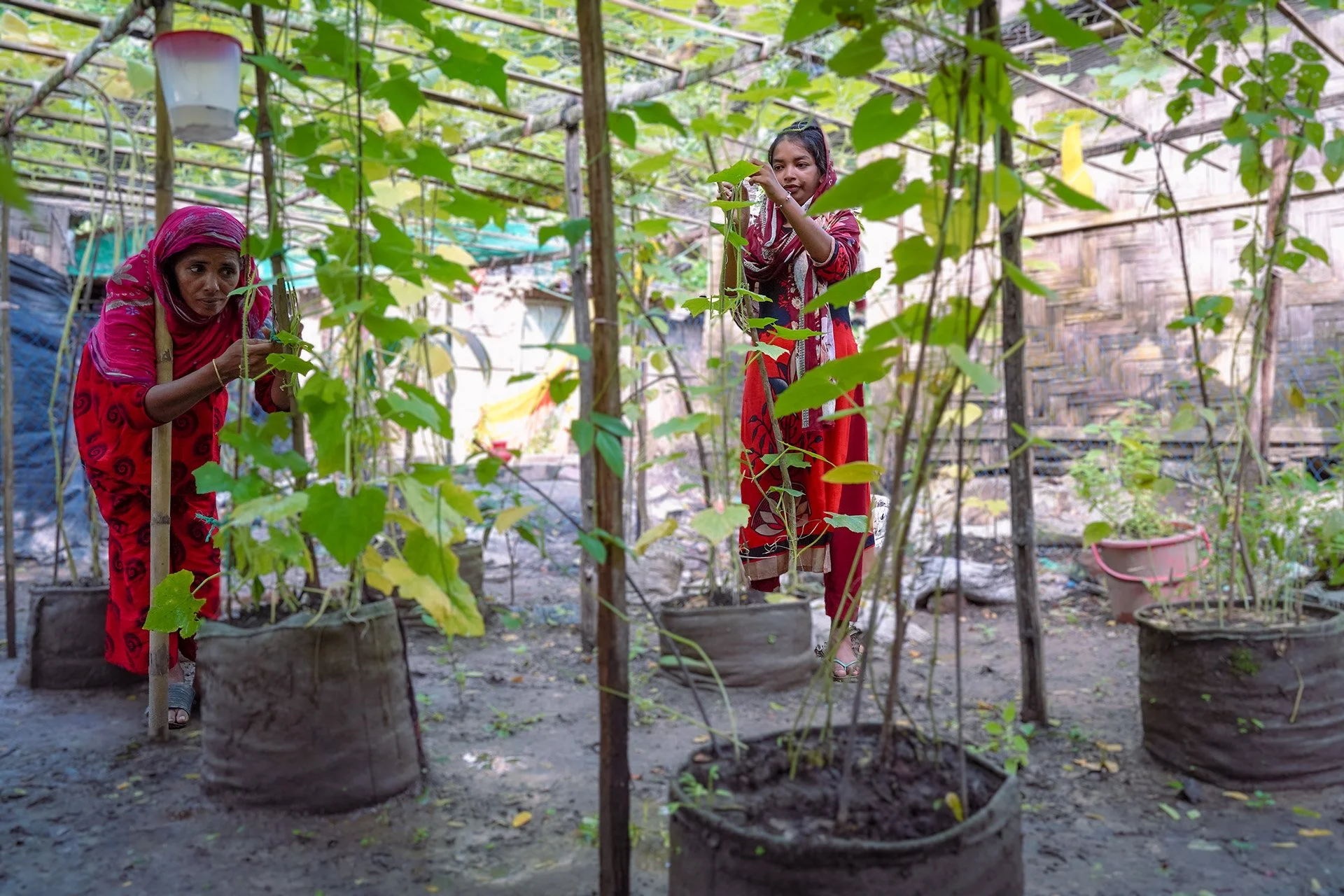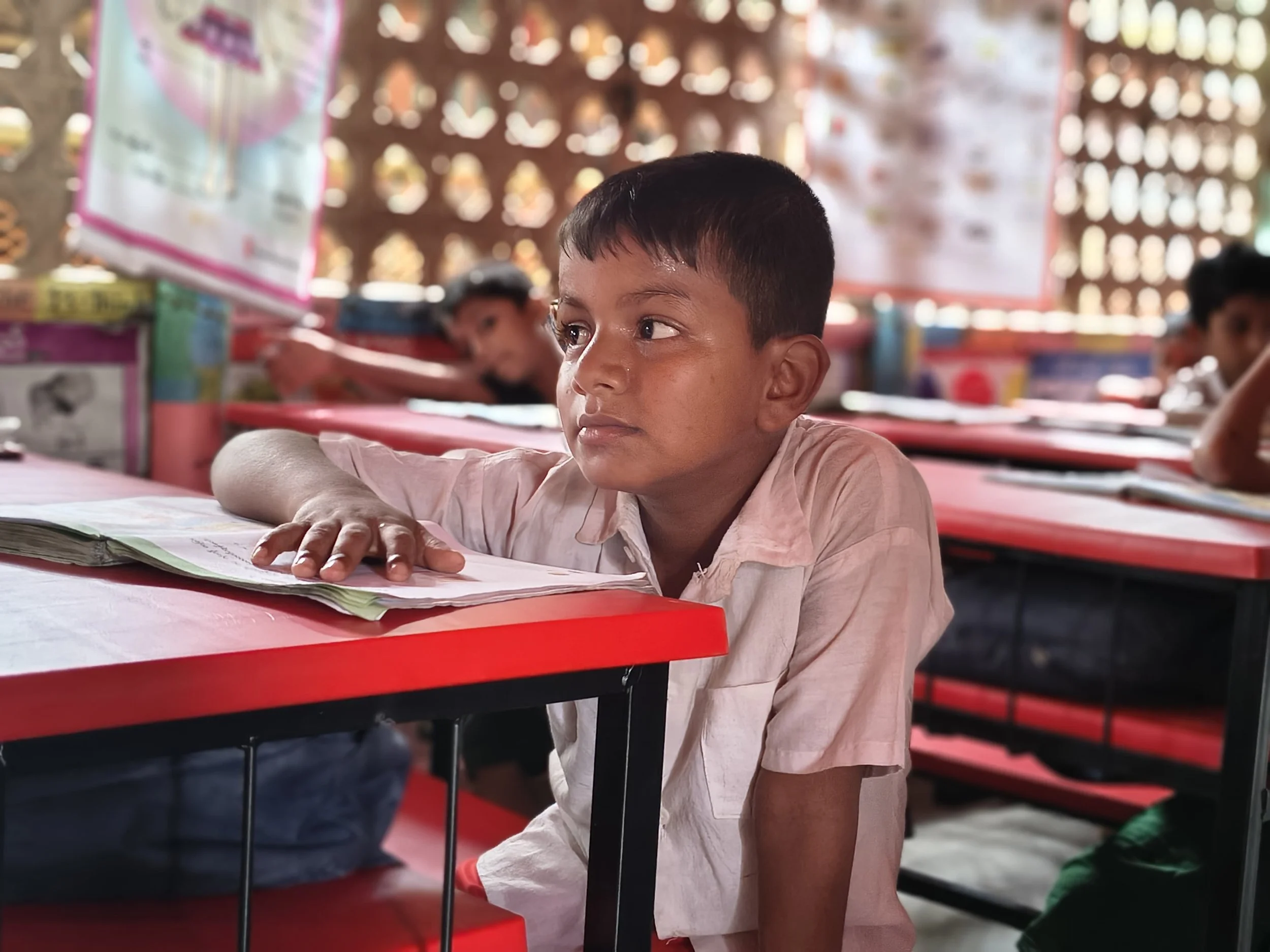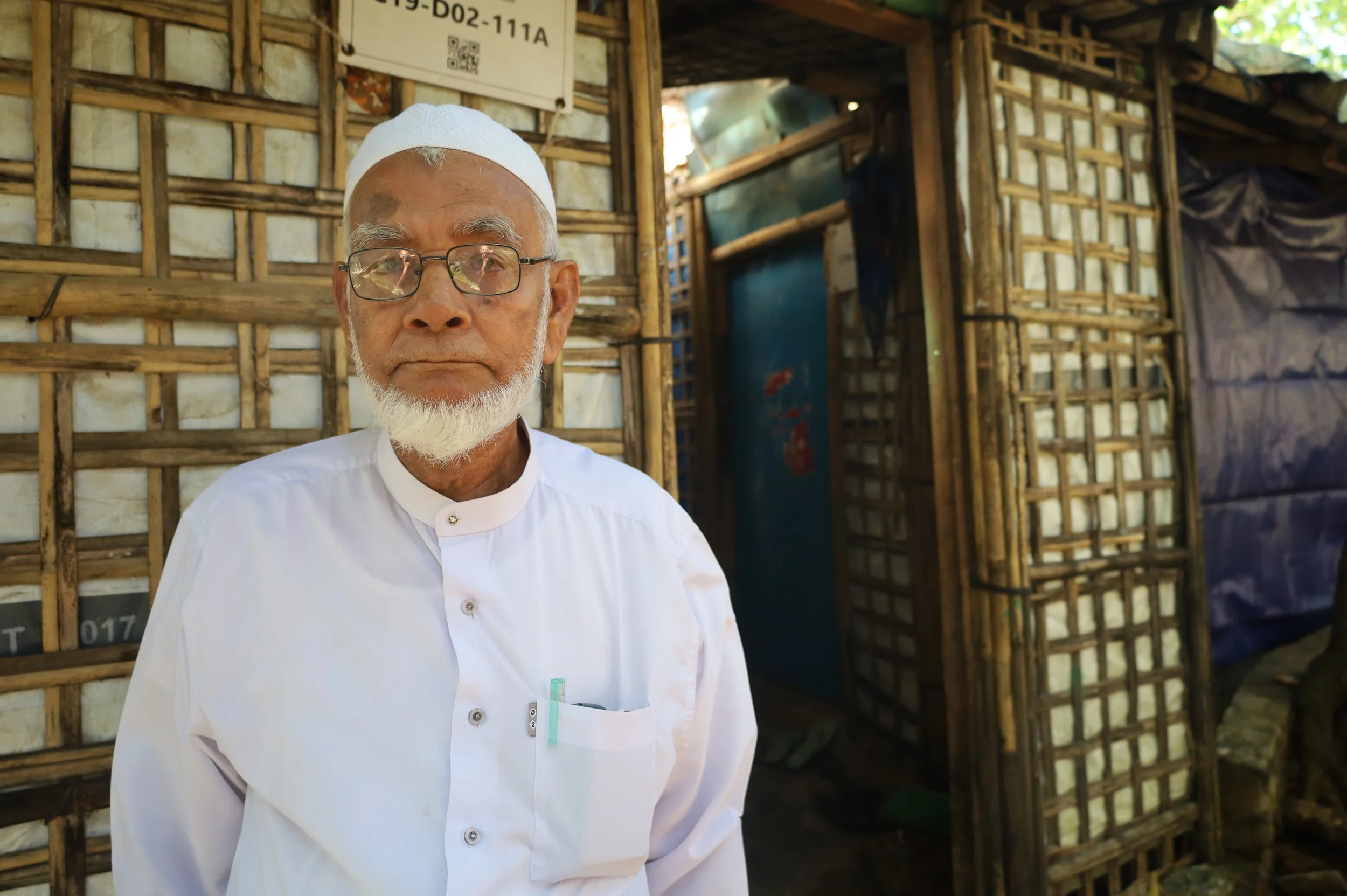Rohingya Crisis - Bangladesh - Phases I-III
The movement of almost one million Rohingya people from Myanmar into Bangladesh has unfolded into one of the largest humanitarian crises globally. The majority of AHP partners have been responding since the outset of this latest influx of Rohingya from Myanmar into Bangladesh in 2017. The AHP is now in its fourth, multi-year response to the crisis, supported by the Australian Government. This page captures the work undertaken in Phases I-III, between 2017 and July 2023.
The AHP Response in Bangladesh — Phases I-III
In September 2017, the Australian Government directed AU $6 million of its humanitarian assistance package to the Rohingya crisis through the Australian Humanitarian Partnership. Oxfam Australia - who partnered with CARE Australia - and Save the Children Australia were selected to deliver the Phase I AHP response. Between them, the organisations focused on the provision of clean water, improved sanitation and hygiene, health, protecting those vulnerable to abuse or not receiving required services, and the provision of education and basic survival items. Combined, the initial AHP response reached over 280,000 people, over half of whom were women and girls. Approximately 13% of all people reached were people with a disability.
A video from the AHP Bangladesh consortium providing an overview of the Phase III response.
In 2019, Australia provided AU $9.9 million as part of a second phase of support to the Rohingya crisis, bringing the total AHP response to almost $16 million. Save the Children formed the Inclusive Communities consortium with CARE Australia, Oxfam Australia and Humanity and Inclusion. Funding was also provided to Plan International Australia and World Vision Australia. Partners focused on WASH, the protection and inclusion of women, children, people with disabilities and other vulnerable groups; education; adolescent reproductive health and support for host communities, with the goal of reaching close to 200,000 people across 18 camps and host communities.
In 2020, AHP partners came together as a single consortium to further continue Australia’s support to the Rohingya in Bangladesh through a multi-year response that will run until June 2023. This third phase was supported by an additional AU $41.8 million in funding from the Australian Government.
Complementing the Rohingya Response in Bangladesh, the AHP supported Australia’s humanitarian assistance to Myanmar, through the Education in Emergencies response between 2020 and 2023 (more information can be found here).
Response Highlights
World Vision established four men’s Tea Corners to engage men on issues facing women and children, including providing meeting places for Women’s Watch Committees – a sub-committee that sits under Protection Committees. Through these committees, which now number 50, Rohingya community representatives support activities aimed at upholding safety in the camps.
As part of the Save the Children-led consortium, Save the Children and CARE Australia provided a range of health services through health posts in nine camps, including comprehensive sexual and reproductive health services for adolescents, antenatal care, immunisations, and psychological healthcare.
CARE, with RTM International, supported health service provision in Government of Bangladesh health clinics in the camps. This approach ensured health care was provided at a high level within the country health system for the Rohingya communities.
Adolescent and reproductive health services and awareness raising was a significant focus of the AHP Rohingya response, with information, counselling services and referral pathways in place within all camps where AHP partners were working.
In phase 2, World Vision established a water network system to provide safe drinking water to 7,282 people. The system was developed to be inclusive for people with disabilities and included latrines and handwashing stations. Monitoring data showed that 96.8 percent of the target population were accessing clean water, and 100 percent were accessing latrines. For people with disabilities, 91.5 percent said they could more easily access safe water and 100 percent reported better access to sanitation facilities.
An independent evaluation of phase two of the AHP Rohingya Response found that all activities undertaken by AHP partners were relevant to the context. Beneficiary surveys indicated 80 percent of respondents across all target groups found the humanitarian activities to be highly relevant to their needs. The draft evaluation found that AHP activities adequately contributed to the longer-term resilience of affected communities and broader recovery and stabilisation efforts.
AHP partners adapted to COVID-19 in their programs. For example, Save the Children ensured continued education for 8,285 children through home-based, small-scale learning sessions despite COVID-19 school closures. Learning points were established in the camps to engage with school-aged children and prepare them to transition back into the classroom once schools reopen. Plan International established 80 home-based learning facilities for more than 1,000 adolescents.
Cox’s Bazar is one of the most disaster-prone districts in Bangladesh, vulnerable to cyclones, floods, landslides, and other natural hazards that can cause loss of life and damage vital infrastructure in the camps. AHP-supported disaster risk reduction activities, such as creating pathways and responding to landslides, have been integral to community safety, especially for the elderly and people with disabilities. Rohingya refugees in the camps serve as disaster risk reduction volunteers, which helps them to support their families through volunteer stipends. AHP partners successfully implemented a comprehensive training program on first aid for volunteers, ensuring they are well-prepared to handle emergencies during natural disasters. In addition to their roles as first responders, the volunteers also disseminated awareness-raising messages within the community. A notable example of their preparedness and response efforts was observed during Cyclone Mocha in 2023, where the community was well-prepared and took precautionary actions based on identified risk zones. Community members were swiftly moved to protection centres, facilitated by early alerts that allowed them to be prepared and protect themselves. Despite over 2,000 house structures being damaged, the effective preparedness efforts and joint response by the humanitarian community resulted in no casualties.
Inclusive early childhood development activities in camps and host communities are giving children a head start on learning.
Rohingya refugee women dry their reusable menstrual clothes in dark indoor spaces due to lack of privacy outside - leading to a greater risk of infection. Menstrual hygiene is a huge challenge for Rohingya refugee women with limited privacy in the camps.
Host communities have been supported with improved access to clean drinking water through the AHP response.














